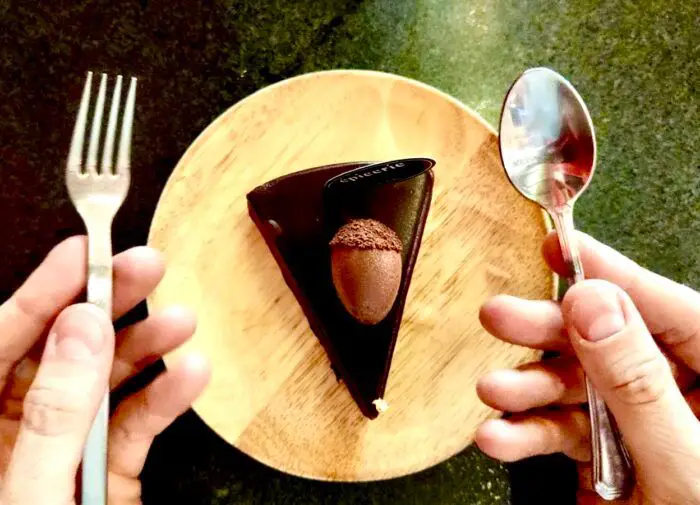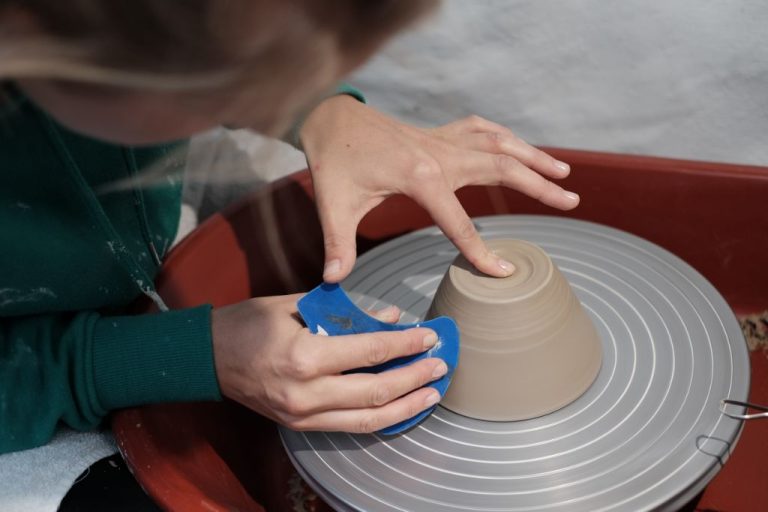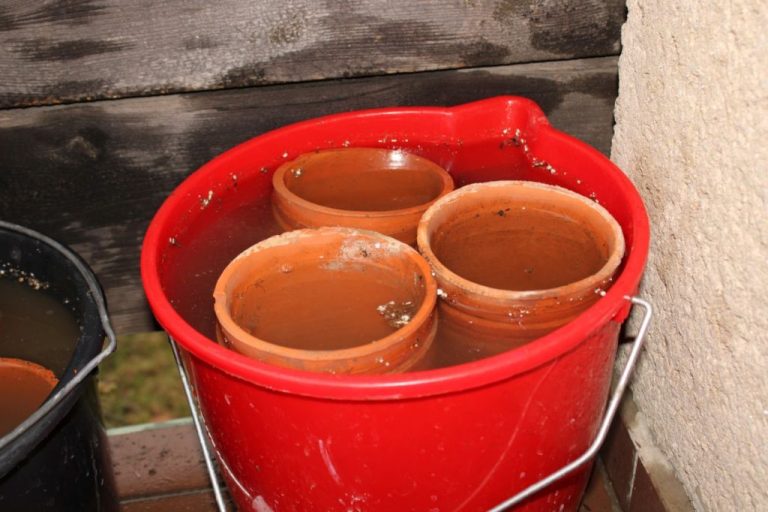Can You Make A Silicone Mold Of A Clay Object?
Creating molds from clay originals using silicone rubber is a popular technique for reproducing sculptures, figurines, jewelry pieces, and more. The flexibility and durability of silicone allows for the safe removal of even intricate clay designs so they can be reproduced in plastic, wax, concrete, chocolate, soap, and various other casting materials.
The process involves carefully preparing the clay original, selecting an appropriate silicone, mixing and pouring the silicone over the artwork, allowing time for it to cure into a flexible mold, and then using that mold to create copies of the original piece. With some basic materials and proper care when working with the clay sculpture and liquid silicone, it’s relatively straightforward to end up with a high quality mold for all kinds of casting purposes.
Benefits of Silicone Molds
Silicone is an ideal material for making reusable molds for clay and other materials. Here are some of the key benefits of silicone molds:
Reusable and Durable
The most significant advantage of silicone molds is their durability and reusability. With proper care, a high-quality silicone mold can be used dozens or even hundreds of times to create castings. The flexible nature of silicone allows for easy release of castings without harming the mold.
Silicone molds are also heat resistant up to approximately 600°F. This high heat tolerance allows casting materials like resin or wax to be poured at elevated temperatures for optimal flow and surface quality.
With silicone’s inherent durability and flexibility, molds can be flexed and manipulated without wear and tear like more rigid mold materials. This makes releasing intricate castings much easier.
Materials Needed
Making a silicone mold requires a few key materials:
-
Clay Original – This is the original clay sculpture or object you want to make a mold of. The original should be clean and free of any moisture. Allow clay to fully dry and cure before molding.
-
Silicone – You’ll need a pourable high-quality silicone such as Smooth-On’s Mold Star 15 Slow or Mold Max Stroke. Around 1-2 lbs of silicone is needed for a small object.
-
Container – A container is needed to hold the liquid silicone as it cures around the original. Plastic containers like tupperware work well.
-
Release Agent – A release agent like petroleum jelly or silicone spray is needed to prevent the silicone from sticking to the container and original.
Having these basic supplies on hand will allow you to create a high quality flexible silicone mold.
Preparing the Clay Original
Before making a silicone mold, the clay original must be properly prepared. The goal is to have a clay object that holds its shape during the mold making process. Here are some tips for getting your clay ready:
Support the Clay Piece
If the clay is thin or elongated, it may bend or warp when the silicone is poured over it. Adding an internal armature or outer mold box can help support the clay while the silicone sets up. Use cardboard, plastic sheets, modeling clay, or wax to hold the clay original sturdily in place.
Seal Porous Clay
Silicone can absorb into porous clays like polymer clay or oil-based clay, preventing the mold from properly curing. Seal porous clay before molding by coating it with polyurethane, epoxy resin or PVA. Allow any sealant to fully dry before adding silicone.
Prepping the clay original takes some time upfront, but prevents issues down the road. With a sturdy supported clay piece, you’re ready to start mixing and pouring silicone.
Choosing a Silicone
When it comes to making silicone molds, the type of silicone you choose is crucial for getting a detailed mold and cast. The two most popular silicone brands used by professionals are Mold Max and Smooth-On.
Mold Max silicones are known for their high tear strength, flexibility, and extremely high heat resistance. They have low viscosity for capturing intricate detail, and cure to a soft, durable rubber. Mold Max 30 is a good all-purpose choice, while Mold Max 60 is better for pickier materials like concrete that require high heat resistance.
Smooth-On silicones offer a wide range of shore hardness, from very soft to semi-rigid. Their Dragon Skin line is a top choice for detailed molds, with shore 10A being suitable for general use. For more heat-resistant molds, consider their Silicone Tin addition cure silicones, which can withstand over 500°F.
Make sure to choose platinum-cure silicone, not tin-cure, for low toxicity and long mold life. A shore hardness around 10A-20A is ideal for capturing detail while still being soft enough to demold. Test small samples before mixing large batches to ensure proper cure.
Mixing the Silicone
Once you have chosen your silicone, it’s important to properly mix it before pouring. Follow the package directions closely, as the ratio of Part A and Part B can vary between silicone brands. Make sure to mix thoroughly and scrape the sides and bottom of your container so no unmixed silicone remains.
Mixing tips:
- Use a scale to accurately measure your two parts.
- Only mix as much silicone as you need for each batch.
- Stir smoothly to minimize air bubbles.
- Use a popsicle stick or disposable stir stick.
- Mix for the time specified on the package, usually around 3-5 minutes.
Properly mixed silicone should be a uniform color with no streaks. Mixing thoroughly ensures your finished mold will solidify correctly and provide accurate details of your original object.
Pouring the Silicone
Once the silicone is thoroughly mixed, you’re ready to carefully pour it over your original clay sculpture. Slowly and steadily pour the silicone over the clay, making sure to coat all surfaces and edges evenly. The clay should be completely encapsulated in a layer of silicone.
Next, pour any remaining silicone into your container or mold frame, filling it up to the rim or just below. Be sure to leave 1-2 inches of space at the top since the silicone will expand slightly as it cures. Do not overfill the container or the silicone may overflow. The thickness of the silicone layer surrounding the original should be about 1/2 inch to ensure the mold is sturdy enough.
Gently tap the container on a table or countertop to help dislodge any air bubbles. Then allow the mold to sit undisturbed as the silicone cures. The thicker the silicone, the longer the curing time will be. Refer to the silicone product instructions for specific cure times.
Curing the Mold
Once the silicone has been poured over the original object, it will need sufficient time to fully cure before the mold can be removed. Silicone cure times can range from 30 minutes to 24 hours depending on the specific product used. Follow the manufacturer’s instructions for exact cure times.
In general, platinum-cure silicones will cure faster than tin-cure silicones. Heat can also be used to accelerate the curing process, but should be applied carefully to avoid bubbles forming on the surface of the mold.
Before attempting to demold, check that the silicone feels completely solid and firm throughout. Carefully peel the silicone away from the edges first, then gently work to remove the rest of the mold without tearing or distorting it. Any remaining clay on the mold interior can be washed away after demolding.
Allow the freshly demolded silicone to cure for a full 24 hours before casting any material in it. This ensures the silicone has fully hardened and will pick up the finest detail from the original object’s surface.
Using the Finished Mold
Once your silicone mold has fully cured, it is ready to use for casting resin, plastic, wax, soap, and more. The mold will be flexible but sturdy enough for repeated casting.
When casting materials into the mold, be sure to apply a release agent first so the castings can be easily removed. Options for release agents include petroleum jelly, silicone spray, glycerin soap, or a specialized mold release. Thoroughly coat all surfaces of the mold cavity with a thin layer before pouring in liquid resin or melted wax.
After pouring your casting material into the mold, allow it to fully cure according to specifications before attempting to open the mold and remove the casting. Carefully flex and peel back the silicone to reveal your detailed casting. The mold should withstand many casts before wearing out if properly cared for.
Store silicone molds away from direct sunlight and extreme heat to help prolong their life. Do not use the mold with any casting material that could chemically react with the silicone. With proper use and care, your high-quality silicone mold will provide detailed replicas for years to come.
Troubleshooting Silicone Molds
When making silicone molds, you may run into issues like air bubbles, deformities, tears, and more. Here are some tips for troubleshooting common silicone mold problems:
Preventing Air Bubbles
Air bubbles are one of the most frustrating problems when pouring silicone molds. They leave unsightly divots and deformities on the finished castings. To prevent bubbles:
- Mix the silicone very slowly and deliberately, avoiding whipping air into the mixture.
- Tap the mixing container sides to dislodge bubbles.
- Let the silicone sit for 5-10 minutes so bubbles can rise to the surface before pouring.
- Apply silicone in a thin stream from higher up rather than dumping from close by.
- Use a degassing agent like vacuum chambers or pressure pots to suck air out.
- Spray the original with mold release spray – this helps break bubble surface tension.
Fixing Deformities
If your finished silicone mold has deformities, rippling, or irregular textures, it’s likely due to pouring issues. Try:
- Pouring thinner layers and waiting for each to cure before adding more silicone.
- Reinforcing complex shapes with mother molds, support shells, or matrixes.
- Pouring at an extremely slow, consistent rate in a steady stream.
- Making sure your original model is firmly attached and won’t move during pouring.
With care and practice, you can learn to create perfect flawless molds every time!




